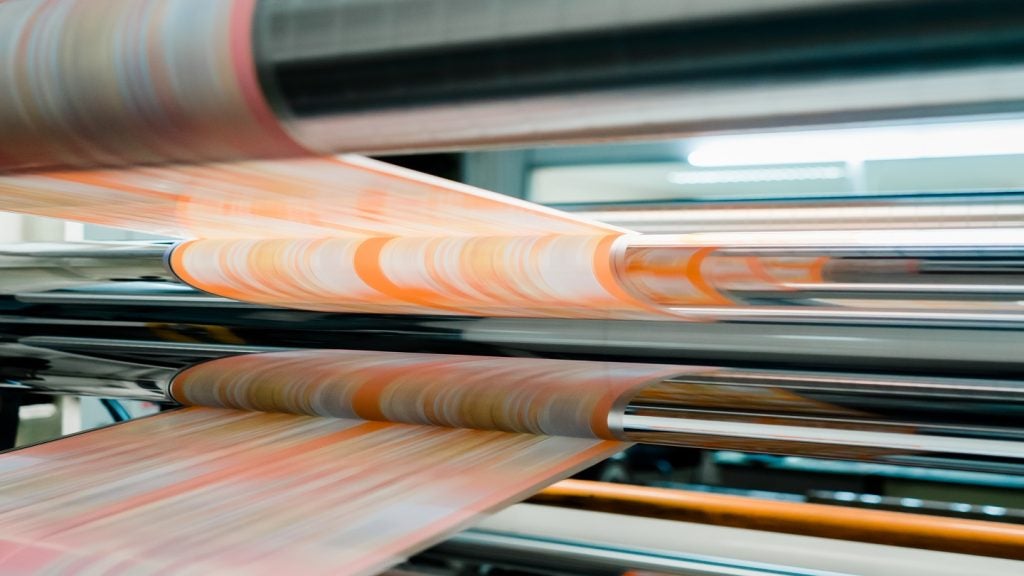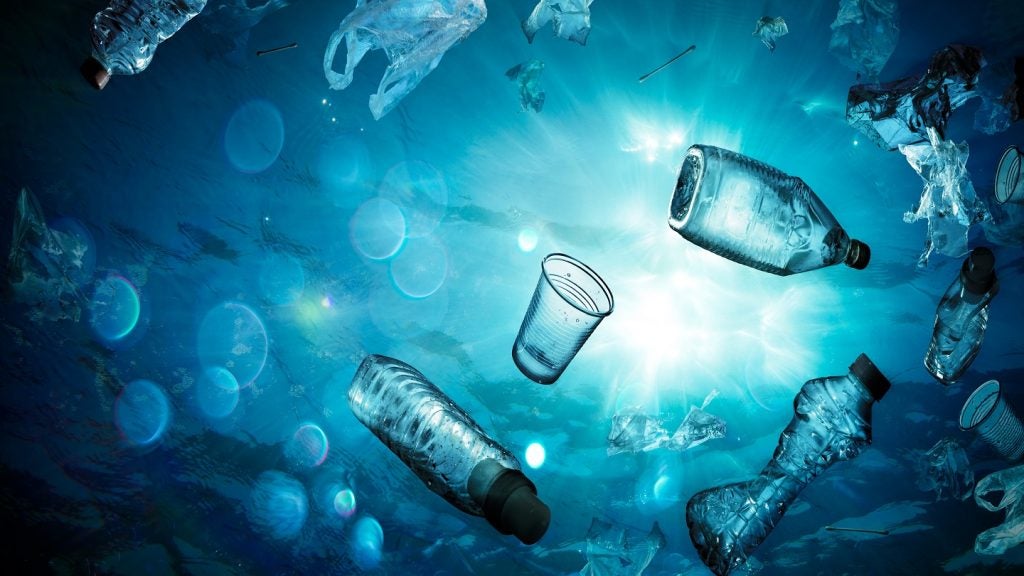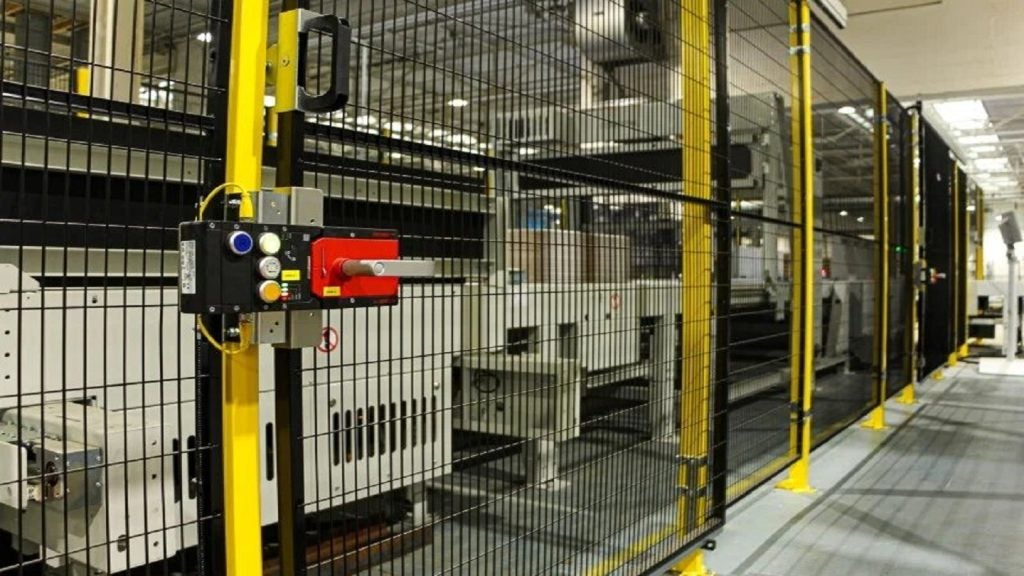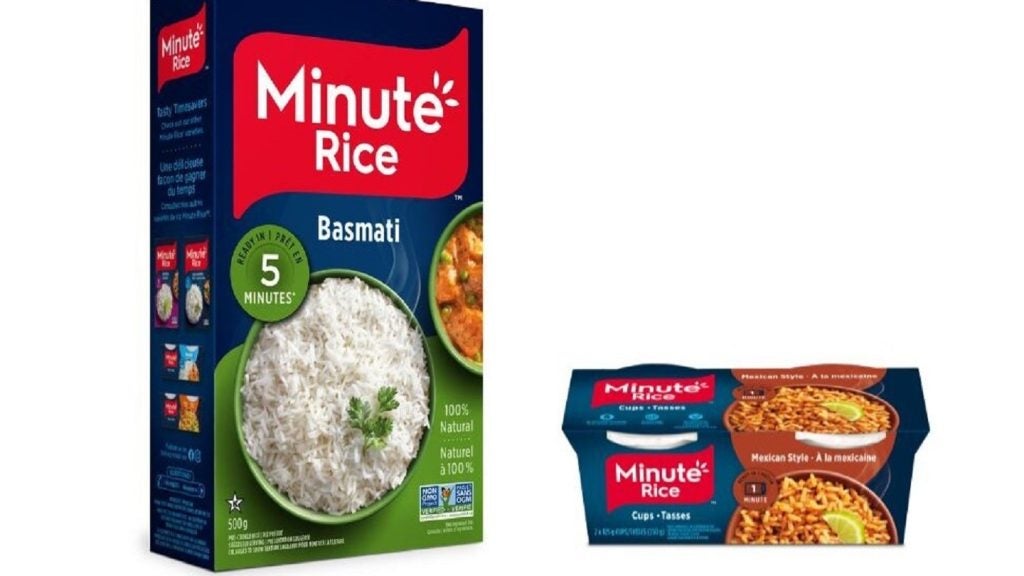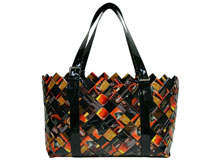
Ensuring minimum waste particularly when dealing with packaging made from hybrid materials and difficult to recycle plastics, is very much at the forefront of all packaging operations. A number of retailers have launched schemes, such as Sainsbury’s reusable milk cartons, in order to reduce packaging levels with promising results.
Recycling company TerraCycle offers a different, yet equally eco-friendly, option.
The company, a widely recognised leader and pioneer of ‘upcycling’ has launched a number of programmes in the UK following great success in the US. Collecting packaging ranging from used pens to food pouches, packaging waste is diverted from landfill to be recycled or repurposed and used to make reusable shopping bags or plant pots.
In the year that such schemes have been active within the UK, they have collected over 4.6m pieces of pre and post-consumer packaging, diverting 49t from landfill, and raising £22,000 for charity in the process.
With the company having now collected its one millionth Tassimo disc for upcycling, TerraCycle Europe Global Manager Chris Baker believes the packaging industry can reap the benefits of adopting similar processes, whilst also benefiting the environment.
See Also:
Packaging Gateway: What is upcylcing?
How well do you really know your competitors?
Access the most comprehensive Company Profiles on the market, powered by GlobalData. Save hours of research. Gain competitive edge.

Thank you!
Your download email will arrive shortly
Not ready to buy yet? Download a free sample
We are confident about the unique quality of our Company Profiles. However, we want you to make the most beneficial decision for your business, so we offer a free sample that you can download by submitting the below form
By GlobalDataChris Baker: The premise of upcycling would be the process of collecting the materials used in packaging that has been thrown away, and reusing them whilst managing to keep their inherent benefits or properties. So we effectively take packaging that has a prior life, and enable it for a new use or new life as a fresh piece of packaging or another product all together.
PG: What kinds of products are produced from the recycled packaging?
CB: There’s quite a portfolio of products that we already produce, with more on the way. The foil, pouches or films that we collect can be sewn together to produce a range of carrier bags, reusable tote or shopping bags and pencil cases, while we also promote the simple reuse of particular packaging. A great example of this would be the use of a yoghurt pot as a plant pot. While in the US we’ve recently launched a campaign that takes used margarine tubs and reuses them as plant nurseries, which has been successful.
PG: Are there any particular processes used to break down hybrid materials or difficult to recycle plastics?
CB: Put simply, we do not use many processes as the products themselves are not actually broken down. The foils that we collect are used to manufacture fabric foils and are stitched together, and the pouches are often simply sewn together to create bags. This means there’s very little in the way of manufacturing processes used to recycle the existing manufacturing or in production, which also saves on energy expenditure.
PG: Are there any specific treatments involved in the process?
CB: The treatments involved do depend entirely on the packaging we’re recycling and the product that we intend to create with it. A lot of the foils and films we collect already have an element of strength, so we look to keep that particular property, but some can prove to be thin so these could be plied together if the need arises.
PG: Can you give an idea of emissions or resources saved by using this method?
CB: Yes, we’ve carried out a number of life cycle studies on the products that we create to examine the differences between our own and those manufactured using virgin materials. If we can take the pencil case as an example once again, our studies found that when comparing our own product against one that has been freshly manufactured using virgin cotton or PVC, there has been an 80% carbon saving in the production of that single product, which is obviously hugely beneficial from an eco-friendly perspective.
PG: Is this environmentally friendly approach matched by cost efficiency?
CB: Again, yes. Our use of recycled materials, tied in with the process costs, means that we tend to market the products along the same price plan as those freshly manufactured, sometimes even less. So for the same price, you’re receiving a product with an 80% carbon saving.
PG: Does TerraCycle plan to expand this system to incorporate even more packaging?
CB: Just to start, what we do breaks down into one of two angles. We have the upcycling aspect, where we reuse the product in its current form and this is more commonly found with the yoghurt pots that we use as plant pots. The second aspect is the method of repurposing them, so we can take the materials and use their properties in a different purpose all together and in doing so we’ve made plastic rubbish bins, lunch coolers and various other products.
PG: With Sainsbury’s, amongst others, looking to significantly reduce the amount of packaging used for its own products, is this an approach retailers can also adopt?
CB: Absolutely, in the US we have over 30 separate waste streams that repurpose a whole host of used packaging. Soda bottles have been repurposed into packaging for fertilizer, and this is something that we’ll be looking to introduce here too.



